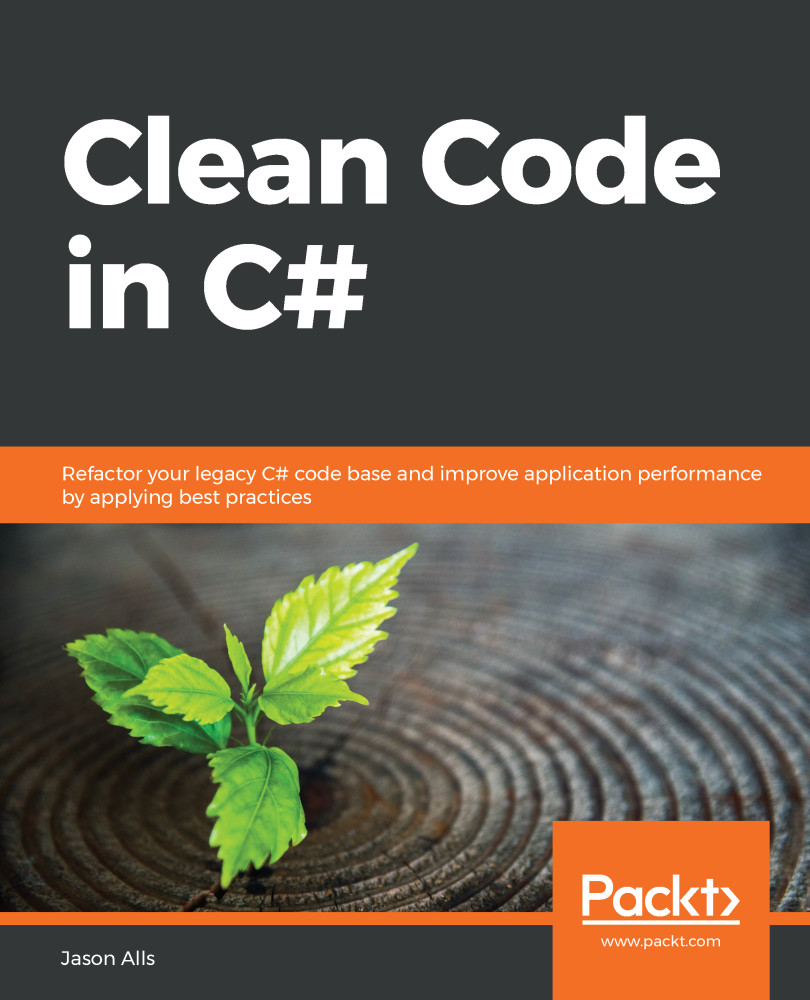Niladic methods are the ideal type of methods in C#. Such methods have no parameters (also known as arguments). Monadic methods only have one parameter. Dyadic methods have two parameters. Triadic methods have three parameters. Methods that have more than three parameters are known as polyadic methods. You should aim to keep the number of parameters to a minimum (preferably less than three).
In the ideal world of C# programming, you should do your best to avoid triadic and polyadic methods. The reason for this is not because it is bad programming, but because it makes your code easier to read and understand. Methods with lots of parameters can cause visual stress to programmers, and can also be a source of irritation. IntelliSense can also be difficult to read and understand as you add more parameters.
Let's look at a bad example of a polyadic method that updates a user's account information:
public void UpdateUserInfo...


